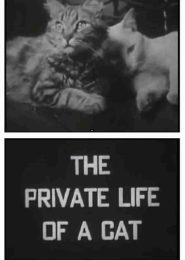Dressed to Live: Wildlife Styles (2013)
In the Dressed to Live: Wildlife Styles (2013) documentary, viewers are treated to an exploration of the diverse fashion choices of wildlife.
From the dazzling displays of the peacock to the subtle camouflage of the chameleon, animals have evolved remarkable adaptations to survive and thrive in their environments.
One of the most striking examples of wildlife fashion is found in the male peacock. With its iridescent plumage and elaborate tail feathers, the peacock’s display is designed to attract females and deter rival males.
Furthermore, the intricate patterns and vibrant colors serve as a testament to the peacock’s genetic fitness.
On the other end of the spectrum, the chameleon showcases a more subdued but equally effective form of fashion.
With its ability to change color to blend into its surroundings, the chameleon is a master of disguise.
Moreover, this camouflage not only helps the chameleon evade predators but also allows it to sneak up on unsuspecting prey.
However, not all wildlife fashion is for camouflage or attraction. Some animals, like the porcupine, use their unique appearance as a warning to potential predators.
Their sharp quills serve as a stark reminder of the consequences of messing with them.
At the end of the day, wildlife fashion is not just about looking good—it’s about survival. Animals have evolved a variety of styles and strategies to navigate the complexities of their environments and ensure their continued existence.
With each species tailored to its specific niche, the world of wildlife fashion is ever-changing and ever-evolving.




